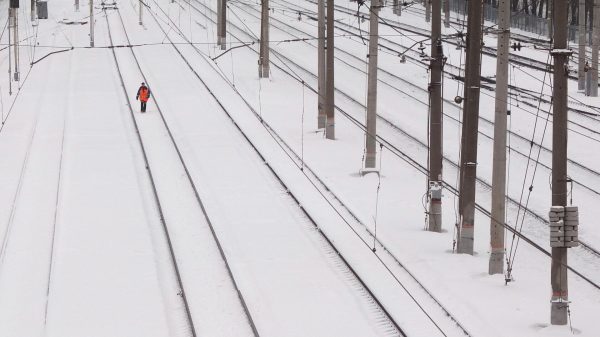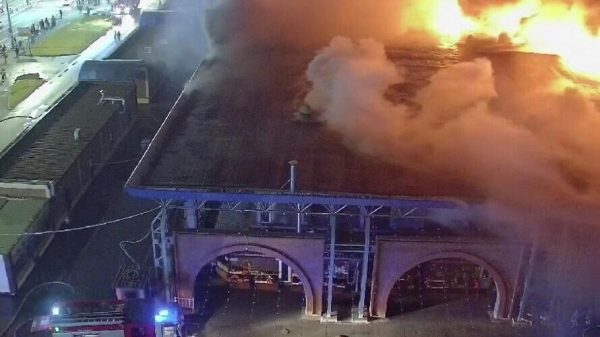The border zone between North and South is protected by barbed wire and minefields
Credit: Chung Sung-jun/Getty Images
South Korea has admitted a second breach in border security in just four months after a man wearing a diving suit and flippers managed to slip across the heavily fortified crossing from the totalitarian North.
The escape of the man, reported to be in his twenties, follows an audacious defection in November when a North Korean gymnast vaulted over a three-metre-high security fence without triggering any key sensors.
The most recent defector was located on Tuesday after a three-hour manhunt in the demilitarised zone (DMZ) between North and South, near the coastal town of Goseong, South Korean officials said.
According to a report by newswire Yonhap, the Joint Chiefs of Staff said he had swum for about six hours and passed through an unprotected drainage tunnel to bypass border barricades in his quest for freedom.
His footprints were found about two miles south of the military demarcation line separating the two Koreas, and troops made first sighting of him through a surveillance camera at 4.20am.
He was finally captured in the so-called civilian-control zone south of the DMZ, where no civilians are allowed to travel without military permit. He claimed he was a civilian and reportedly expressed his desire to defect.
Kim Jong Un and President Donald Trump met in the fortified demilitarised zone in 2019
Credit: Getty Images
Suh Wook, the defence minister, apologised for the security failure and vowed to take measures to prevent similar incidents in future.
Lt Gen Park Jeong-hwan, a senior military official, also acknowledged lapses to the parliament’s defence committee and said an “onsite probe is under way.”
The incident is embarrassing for the military and a matter of national security. The South and North are still technically at war since the 1950-53 Korean conflict ended in an armistice.
Army chiefs had previously pledged to tighten border surveillance and to investigate why high-tech security systems were unable to detect a jumping gymnast.
The military had also earlier said it overhauled drainage channels in the border regions after another North Korean defector crawled through one to return in the other direction to his homeland in July last year.
In practice, few escapees opt to tackle the dangerous 2.5-mile-wide, 155-mile-long border zone, which is fortified by wire fences, minefields and armed sentry posts.
Most of the 33,000 who have fled North Korea since the 1990s opting for risky but more achievable routes through China, arriving in the South via a third country, normally Thailand.

























































Свежие комментарии